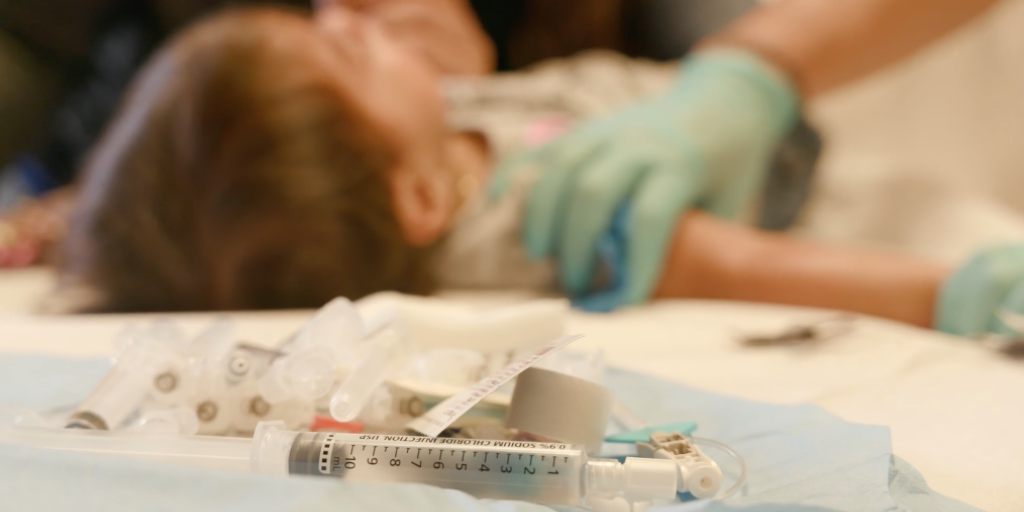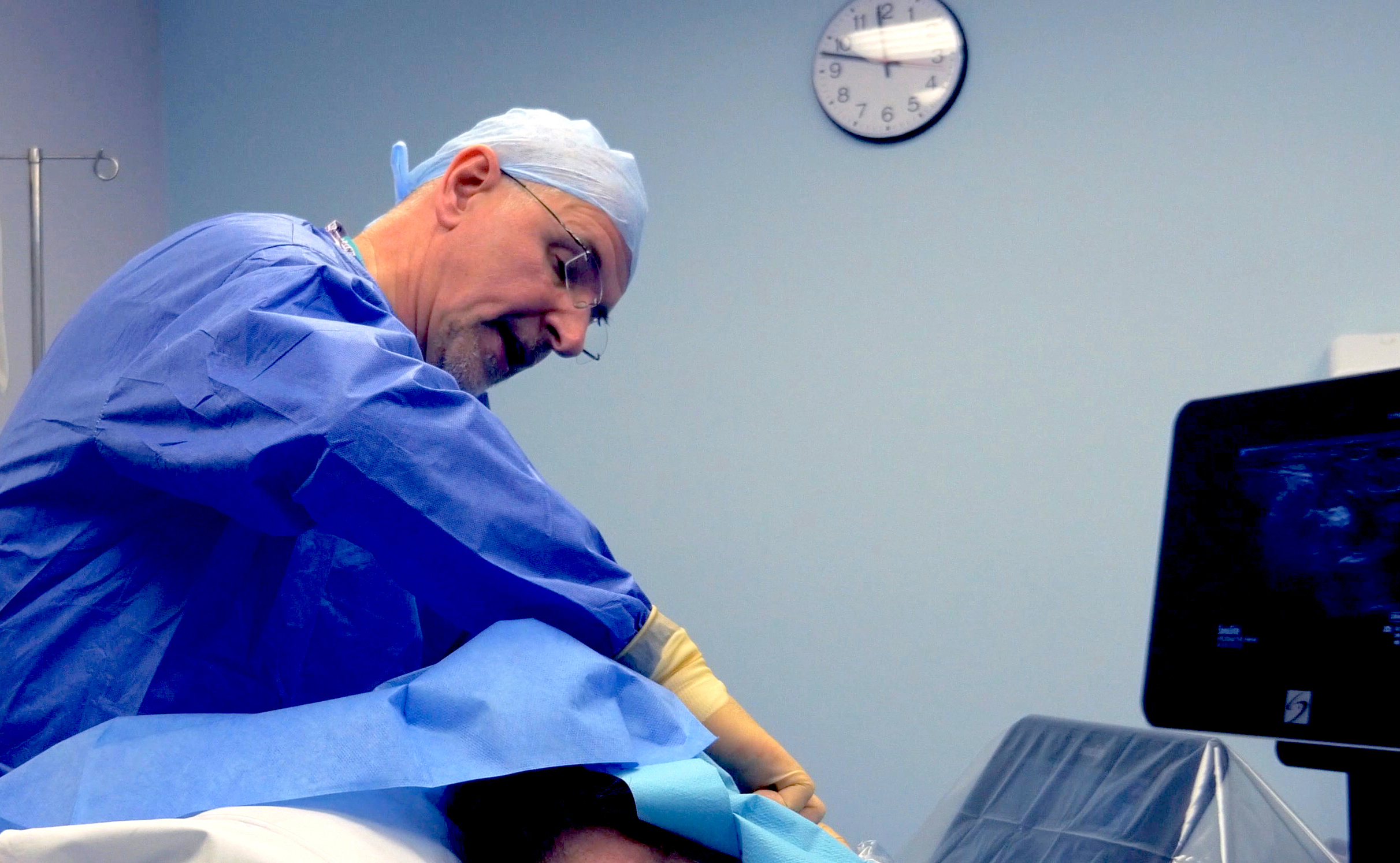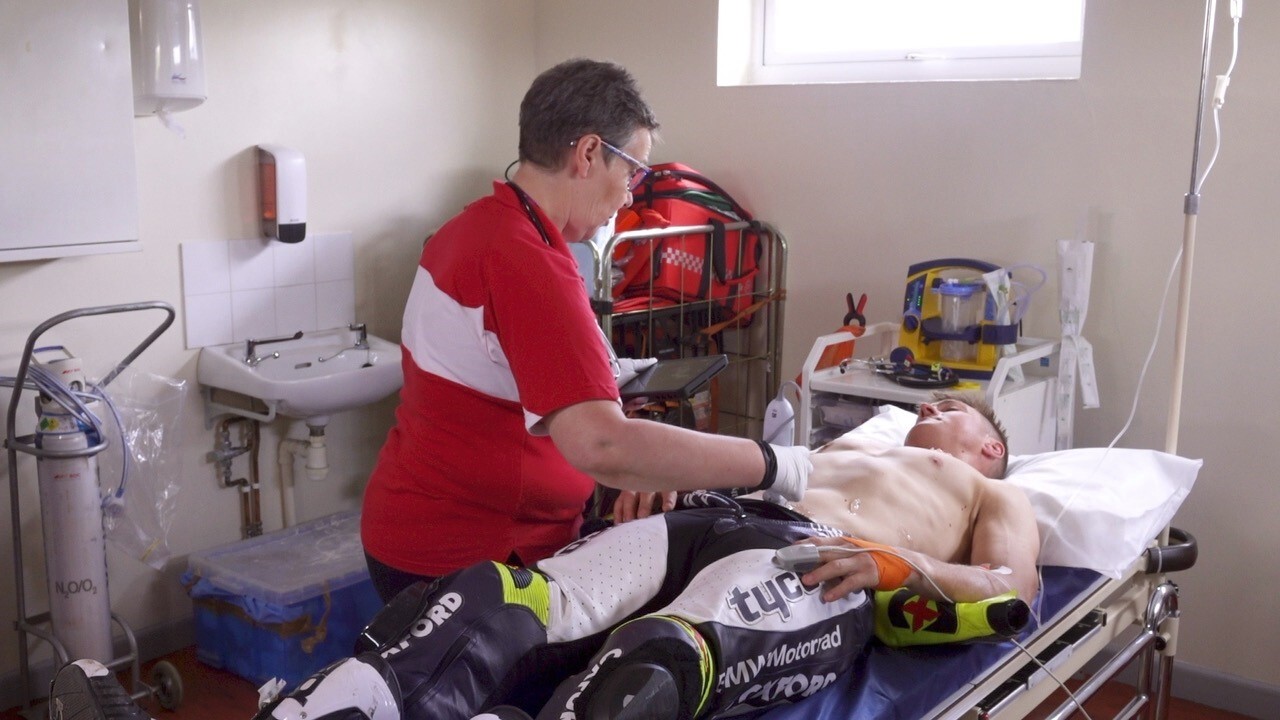The "One-Stick" Standard for Vascular Access
HealthManagement.org
Nidhi Nikhanj, MD
Obtaining vascular access is one of the most common procedures performed in U.S. hospitals, with more than 5 million central venous catheterizations (CVCs) performed annually (Feller-Klopman 2007). Nearly 80% of critical care patients undergo CVC (Gibbs; Murphy 2006) for administration of fluids, blood products, or vasoactive drugs; hemodynamic monitoring; hemodialysis or transvenous pacing during an inpatient stay (Sisson; Nagdev 2007). To learn how to reduce complications, such as central line associated blood stream infections, with placing a CVC and achieve the one-stick standard, please read the article by Dr. Nidhi Nikhanj from the March 2019 Issue of HealthManagement.org.




